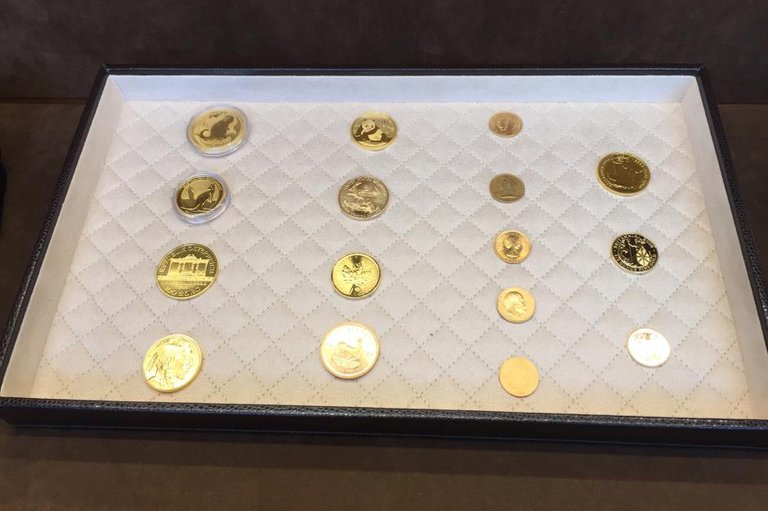Gold doesn't tarnish. Gold is a noble metal and isn't mixed with other things on its own, or react to other things causing some thing like tarnishing. It can be left and found even years later and still look the same.
There is a hobby of panning for gold in some places. Potential rewarding experience. Thousand of years ago the gold in places would result in gold nuggets going down the river. After many decades of scavenging and mining the remnants that may be found are usually that of gold dust, or flakes. With the rise in the price of gold some small find is a little comparative to a small find a century ago. Such resulted in the "Gold Rush" in the United States. Creating a wealth of wealth opportunities like cryptocurrency today. Where finding the right one may be like striking it rich so to speak.
Gold has "fingerprints" like we do. Not like a finger. Gold can be identified by its uniqueness from the elements it is made up of outside of the mostly pure gold content. Making gold traceable back to the source like what mine the gold originally came from. However much of the gold is usually melted with other sources at refineries mixing the unique gold fingerprints.
Some countries like China and India are big buyers of gold. Recently the government of India appears to be seeking from diversifying from gold to other assets.
Italy, Germany, and the United States are countries with some of the largest gold holdings in the world. Italy and Germany have over two-thirds of foreign reserves. Numerous mostly first world nations have gold investments that provide some form of stable wealth preservation. Why this idea lends to gold being a potential good investment for individual investors. Numerous people even on the Hive blockchain have some level of investment in gold, or silver coins and are part of a group that partakes in stacking.




